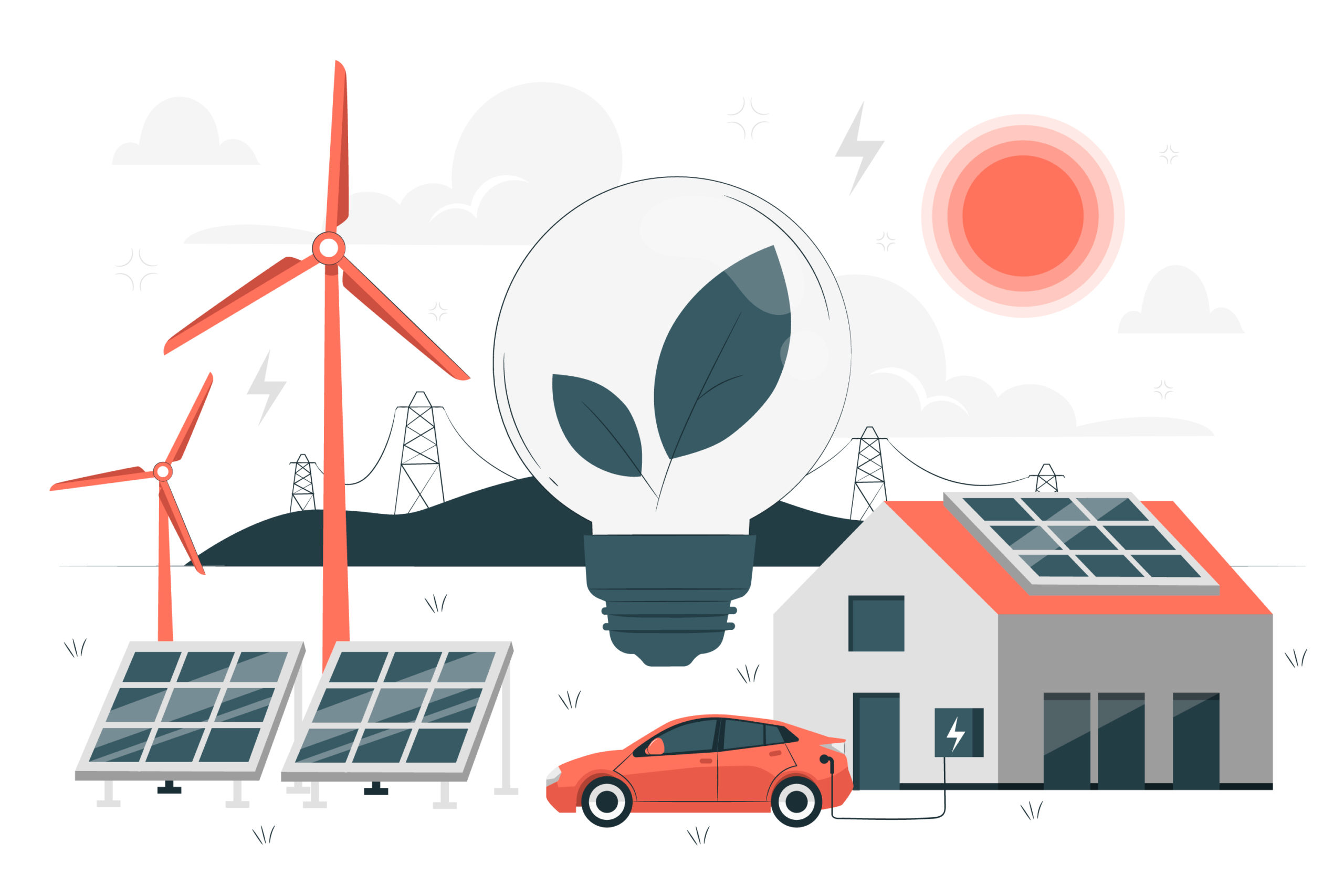In the ever-evolving landscape of sustainable technology, solar-powered transportation has emerged as a shining beacon of innovation. From solar cars and bikes to boats, the marriage of renewable energy and transportation is propelling us towards a greener, more sustainable future. In this blog post, we’ll explore the exciting advancements in solar-powered transportation, highlighting their potential to reduce carbon emissions and revolutionize the way we travel.
Solar Cars: Harnessing the Power of the Sun on the Road
Solar cars have been capturing the imagination of eco-conscious drivers and engineers alike. These vehicles, equipped with solar panels on their surfaces, convert sunlight into electricity, powering their engines and reducing reliance on traditional fuels. Companies like Tesla and startups such as Lightyear are making significant strides in this arena.
One notable example is the Lightyear One, a solar-powered electric car designed with efficiency in mind. Its sleek, aerodynamic shape maximizes solar panel exposure, allowing the vehicle to recharge as it moves. Such innovations not only extend the range of electric vehicles but also contribute to a substantial decrease in greenhouse gas emissions.
Solar Bikes: Pedaling Towards Sustainable Commuting
The concept of solar bikes takes the eco-friendly benefits of cycling to a whole new level. Solar-powered electric bikes integrate solar panels into their design, enabling riders to harness the power of the sun to assist their pedaling efforts. This innovative combination of human and solar power extends the range and accessibility of cycling, especially in urban areas.
Solar bikes, like the Solar Bike Satiator, are equipped with lightweight and flexible solar panels that can charge the bike’s battery while in motion or parked. Commuters can enjoy an eco-friendly mode of transportation without the anxiety of a limited battery range, fostering a more sustainable and practical cycling culture.
Solar Boats: Navigating Waters with Clean Energy
Harnessing the power of the sun on the open seas, solar boats mark a significant stride in sustainable marine transportation. Whether utilized for recreational or commercial purposes, these watercraft utilize solar energy to propel themselves, offering an eco-friendly alternative that diminishes dependence on traditional fossil fuels. Beyond reducing reliance on non-renewable resources, solar-powered boats play a crucial role in lessening the environmental impact on aquatic ecosystems.
One exemplary model is the SolarImpact Yacht, a luxury solar-powered boat that elegantly combines cutting-edge technology with opulent design. Its solar panels cover a substantial portion of the boat’s surface, providing ample energy for propulsion and onboard amenities. The potential for solar boats extends to various maritime applications, from cruise ships to cargo vessels, promising a cleaner and quieter future for the seas.
Impact on Carbon Emissions: Paving the Way for a Greener Tomorrow
The adoption of solar-powered transportation carries profound implications for carbon emissions reduction. Traditional vehicles, particularly those fueled by gasoline and diesel, contribute significantly to air pollution and climate change. The shift towards solar-powered alternatives presents a viable solution to mitigate these environmental challenges.
Solar-powered vehicles generate zero emissions during their operation, relying exclusively on the abundant and renewable energy provided by the sun. With the continuous advancement and increasing accessibility of this technology, the widespread embrace of solar transportation alternatives has the potential to significantly reduce the carbon footprint of the transportation sector.
Furthermore, the integration of solar energy in transportation aligns with global efforts to transition towards clean and sustainable energy sources. Governments, businesses, and individuals alike can play a crucial role in promoting the development and adoption of solar-powered transportation, fostering a collective commitment to a greener future.
Conclusion
As we journey into the future, solar-powered transportation stands as a beacon of hope for a cleaner, more sustainable world. From solar cars and bikes to boats gliding silently across the water, these innovations are reshaping the way we think about travel.
The substantial potential for reducing carbon emissions is significant, and with ongoing technological advancements, the incorporation of solar power into transportation is expected to become increasingly widespread. By endorsing and investing in these innovations, we are not merely welcoming a new era of travel; we are actively contributing to the establishment of a more sustainable and brighter future.
So, let’s buckle up, pedal, or set sail into this exciting future where the sun is not just a celestial body but a driving force propelling us towards a cleaner and greener world. The road ahead is bathed in sunlight, and the journey has only just begun.

